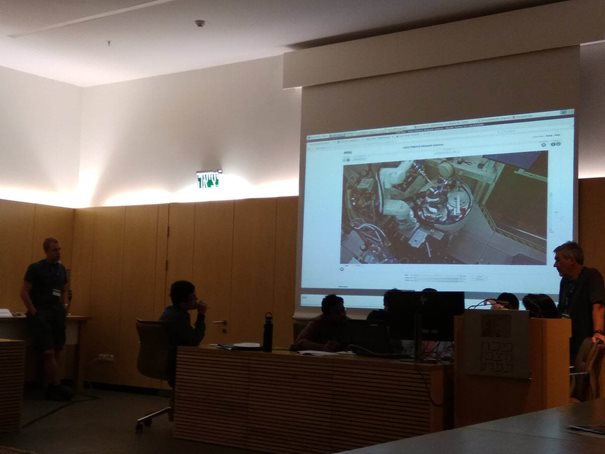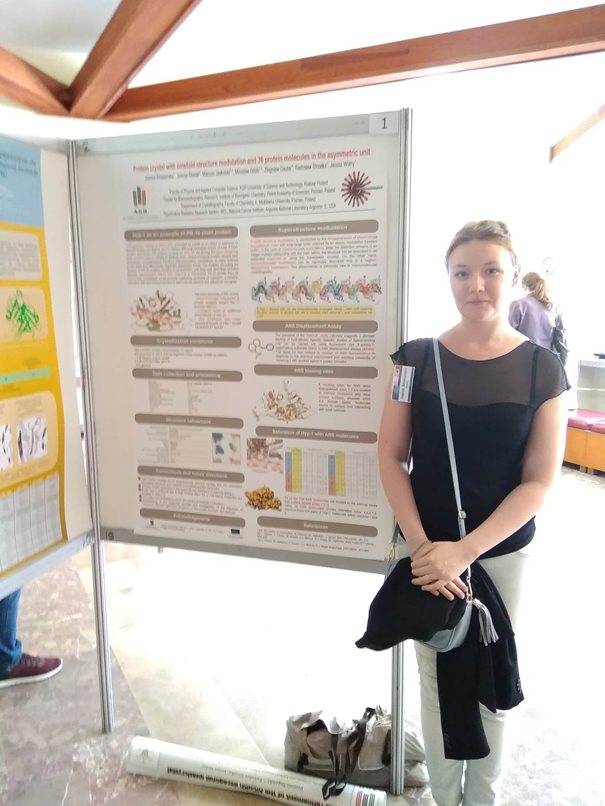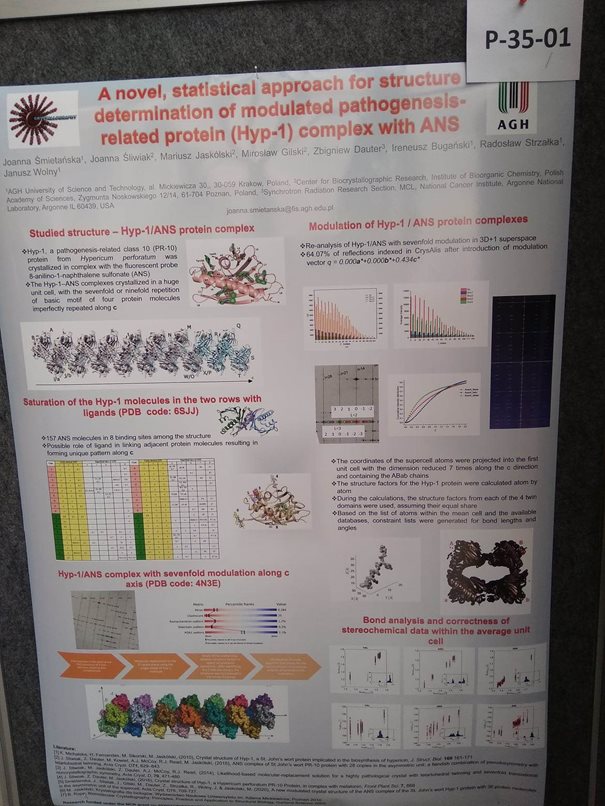Interdisciplinary Environmental Doctoral Studies "Physical, Chemical and Biophysical Foundations of Modern Technologies and Materials Engineering" (FCB) - Dr. Joanna Śmietańska-Nowak

 Project title
Project title
Interdisciplinary Environmental Doctoral Studies "Physical, Chemical and Biophysical Foundations of Modern Technologies and Materials Engineering" (FCB) - Dr. Joanna Śmietańska-Nowak
 Name of Beneficiary/Beneficiaries
Name of Beneficiary/Beneficiaries
Faculty of Physics and Applied Computer Science, AGH University of Science and Technology, Kraków
 Name of programme
Name of programme
Operational Program Knowledge Education Development
 Competition
Competition
Interdisciplinary Environmental Doctoral Studies "Physical, Chemical and Biophysical Foundations of Modern Technologies and Materials Engineering" (FCB)
 Project value
Project value
PLN 10,123,883.00 for 75 beneficiaries
 Funding value
Funding value
PLN 134,895.00 per doctoral student
 Project delivery period
Project delivery period
from September 1, 2017 to August 31, 2022 (extended to October 31, 2023)
Get to know our team
Research team
PhD. Joanna Śmietańska-Nowak, PhD. Ireneusz Bugański, PhD. Radosław Strzałka, PhD. Joanna Śliwiak (IChB PAN, Poznań), prof. DSc.. Janusz Wolny, prof. DSc.. Mariusz Jaskólski (IChB PAN/UAM, Poznań)



What problem does our project solve?
In solids, crystalline materials are characterized by an ordered arrangement of atoms (ions or molecules) in three-dimensional space. Understanding the structure of crystals using electromagnetic radiation requires the use of X-rays. As a result of scattering this radiation on electrons of atoms belonging to the crystal, electron density maps are obtained, the shape of which quite well reflects the shape of the molecule and enables its identification. Not only inorganic substances can be crystallized, but also proteins - earthworm hemoglobin crystals were described already in 1840, but the real milestones were the study of the structure of the whale myoglobin protein at the end of the 1940s. 50 of the 20th century and recording X-ray images of DNA fibers in 1953. Since then, protein crystallography has been developing extremely dynamically, providing thousands of new structures every year. Not all crystals are perfectly ordered, and the phenomenon of disruption of the crystal structure and periodic shifting of atoms from their fixed positions is called structure modulation. This is a very rare, even unique feature among protein crystals. The lack of commercially available software makes it difficult to systematically analyze the phenomenon of protein crystal modulation. Our project helped to precisely describe and analyze the structure of two modulated complexes of the Hyp-1 protein (from St. John's wort) and the ANS molecule. The conducted research allowed us to prepare accurate models of the modulated protein and to look at the level of structure disorder. Due to the lack of widely available software, we have prepared a pioneering set of scripts that allow us to analyze experimental data up to the stage of obtaining a model with an accuracy of a single atom, which was then corrected (refined) to achieve the highest possible degree of compliance with the experimental results.
Who will benefit from the project results?
The project results significantly expand the knowledge about phenomena related to crystal order disturbances. The phenomenon of structure modulation is relatively well understood in small-molecule crystallography, but its occurrence in macromolecular protein crystals was surprising. Thanks to the project results, it was possible to precisely describe two extremely extensive (approx. 50,000 atoms each) structures of modulated complexes of the Hyp-1 protein with ANS, as well as to prepare software that enables routine analysis of the modulated structures. The achieved results are important not only for crystallographers, but also for structural biologists, because the Hyp 1 protein was obtained from St. John's wort, which has medicinal properties, and it has been proven that this protein may play a role in the transport of biologically active phytohormones, such as melatonin.
What was the biggest challenge for us in implementing the project?
A significant challenge is the amount of data required to be processed. The experiment provides hundreds of thousands of reflections (reflections of X-ray radiation from crystal molecules), which are then analyzed in order to initially recreate the model of the object at the level of individual atoms. In the case of modulated Hyp-1 structures with ANS, these models were very extensive and each of them included approximately 50,000 atoms. The models were then refined (ameliorated) in relation to experimental data, which required the introduction of additional parameters, constraints defining the permissible bond lengths and angles in the structure, which consumed significant computational resources. For this reason, it was necessary to use computers with high computing power.